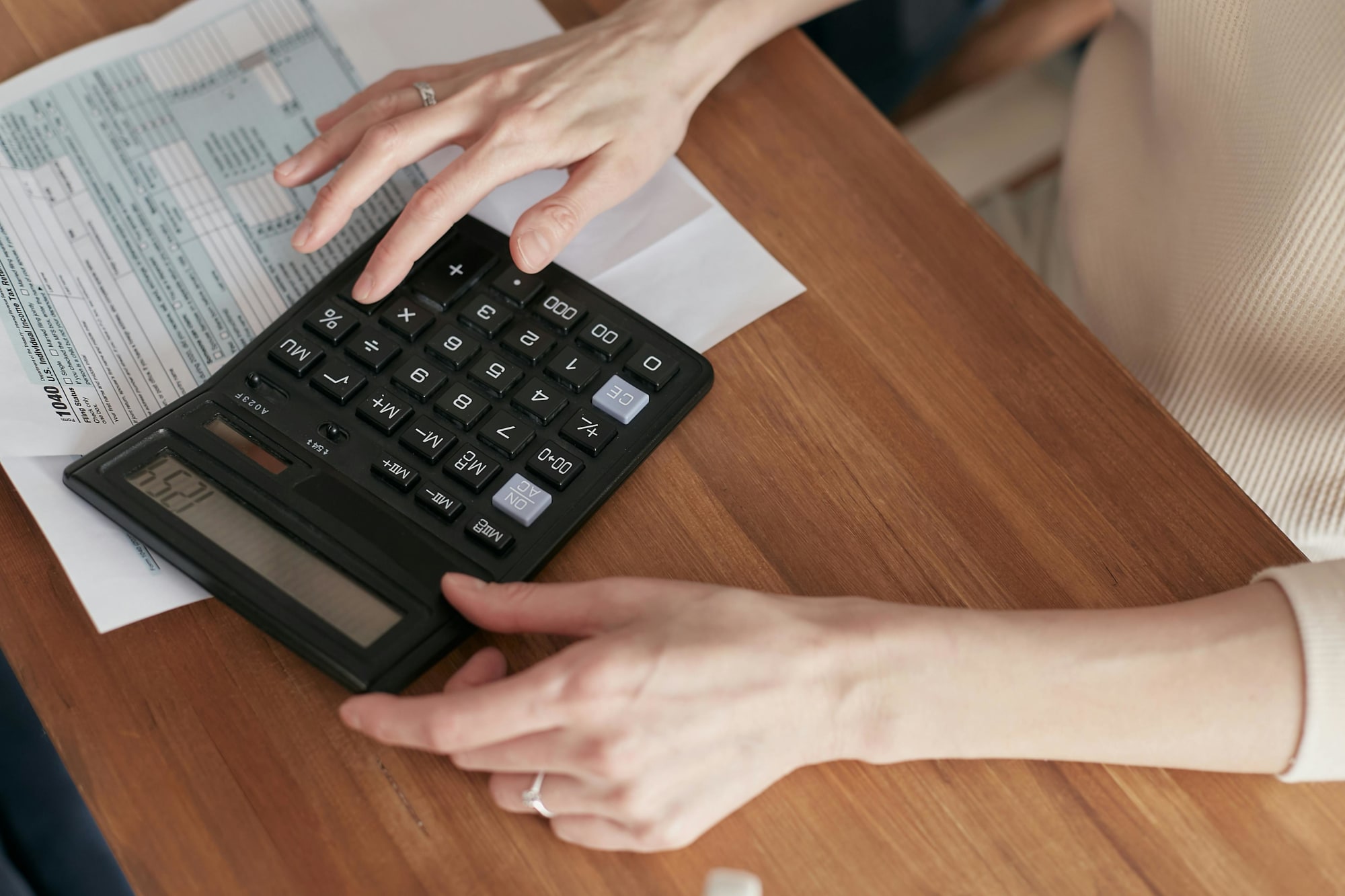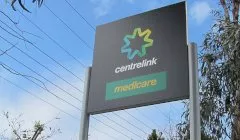Save
How to maximise your end of year tax-saving opportunities
To take some of stress out of end of financial year – here are some top tips for helping SMEs through the tax preparation process.
How to maximise your end of year tax-saving opportunities
To take some of stress out of end of financial year – here are some top tips for helping SMEs through the tax preparation process.

Recent research shows that nearly half (48 per cent) of Australians find preparing their tax return stressful, while more than one third (35 per cent) begrudge tax time and leave their preparations to the last minute.
$20,000 write-off – take advantage
A year after it was first introduced, one of the best tax breaks for small business remains: the $20,000 instant asset write-off. With many businesses offering EOFY deals, now is the time to take advantage by acquiring some essential capital assets and, at the same time, reducing taxable profits.
By way of a quick refresher, these are the key features of the instant asset write-off:

- Businesses can buy and instantly write-off any items of machinery or equipment for use in their business, provided the cost of the asset is less than $20,000. This could include motor vehicles, office furniture, and items of technology like laptops, mobile phones and tablets, plus kitchen equipment.
- Provided they are used for business purposes, for instance in work recreation areas or office receptions, it is even possible to claim items like TVs, gym equipment, art and computer consoles. If you’re claiming more left-field deductions, make sure you keep a full paper trail.
- The relief is available for all eligible purchases right through until June 30 2017; however, to maximise cash flow benefit it makes sense to make purchases close to the end of the financial year.
- Only small businesses can claim the deduction. To qualify, your business needs to have an aggregate annual turnover of less than $2 million. That threshold will increase to $10 million on 1 July 2016, however, that increased generosity for larger businesses won’t be available this tax year.
- Only assets valued at $20,000 or less (excluding GST) qualify for the instant deduction. So, if the value of the asset is greater than $20,000, the asset will be depreciated over a number of years.
- The deduction is available for both new and second hand assets. The ability to claim for second-hand assets is particularly useful for motor vehicles. Not many new vehicles would qualify, but plenty would qualify as second-hand vehicles.
- Where multiple items are purchased and each costs less than $20,000, the whole cost of each item can be written-off straight away.
- The relief works by reducing your taxable profit by the amount spent. This means that you get relief at either the small companies rate of tax (currently 28.5 per cent) if you run your business through a company or at your personal marginal rate of tax if you are a sole trader, or operate through a partnership.
As noted above, the relief is scheduled to expire on 30 June 2017, after which the old rules (which require assets to be written off over their effective lives) will come back into force.
Defer income
With the tax rate for small companies set to fall from 28.5 per cent to 27.5 per cent on 1 July 2016, if you have invoices set to go out just before the end of the year, it makes sense to defer issuing those invoices until the start of the new tax year. Not only will you move the tax liability on those invoices into the new year, but you’ll also benefit from the 1 per cent cut in the rate.
Prepay expenses
Small businesses can get an immediate tax deduction for certain pre-paid business expenses. The basic rule is that a deduction is available for expenses that cover a period of no more than 12 months. That covers expenses such as insurance premiums, telephone and internet services, subscriptions to trade or professional bodies, rent or leasing charges and bookings for seminars or business trips.
Write-off bad debts
No business wants to be in a position where they can’t recover outstanding debts but we have to be realistic and acknowledge that it does happen. The good news is that if your business has to write-off a debt, a tax deduction is available for the amount of the debt written-off.
At this time of the year, it makes sense to go through your debtors list and if there are any you believe can’t or won’t pay, write-off those debts by 30 June to claim the deduction this year. Be sure to keep a paper trail of this process.
Pay superannuation
Employers have to pay superannuation contributions within 28 days of the end of the quarter. Ensure that all June quarter superannuation contributions are paid by 30 June to accelerate the tax deduction. Note: contributions must be actually paid, cleared in the business bank account and received by the employee’s super fund before 30 June for a tax deduction to be available.
Trading stock valuation
Trading stock can be valued using different methods for taxation purposes, either at cost, market value or replacement value. The only requirement regarding changing methods is that the closing stock value at the end of one tax year must become the opening trading stock value for the next year.
Changing the valuation method at year-end for tax purposes can either bring forward or defer an amount of taxable income, so it pays to look closely at the method adopted. Businesses with an aggregated turnover of less than $2 million can also choose not to do a stock-take where the value of their trading stock has not changed, either up or down, by more than $5,000.
Pay employee bonuses
If your business is looking to pay bonuses, put a bonus plan in place by 30 June to claim the deduction this year. Typically, a deduction will be available for employee bonuses if the expense has been incurred before the year-end. If the amount of any bonus is not calculated and authorised until after the end of the income year, no deduction is available.
Purchase capital assets
The basic rule is that capital assets used in a business are written-off for tax purposes over a period of several years, which equates to the “effective life” of the asset. Of course, small businesses can write-off assets costing $20,000 or less straight away (see above) but if you don’t qualify as a small business, or your asset purchase costs more than $20,000, you’ll get tax relief under the depreciation rules.
Every year, the ATO issues a comprehensive list of the effective lives of almost all conceivable asset purchases. Note that from 1 July businesses with a turnover of between $2 million to $10 million will be classified as small businesses for the purposes of most of the tax laws. As a result, medium businesses will be able to take advantage of the instant tax write-off, which is currently unavailable to them. It could actually pay to defer capital purchases until after that date.
Shareholder loan
If your business has paid or lent money to a shareholder during the year, there are complex anti-avoidance rules that might apply to treat those loans or payments as unfranked dividends. This is a difficult area that trips up many private companies, so if you think your business might be affected speak to your accountant promptly. There are steps that can be taken, either by repaying the amounts or formalising the transactions as interest bearing loans. These approaches can eliminate the tax risk, but you should seek advice before proceeding.
Up-to-date records
The easiest way to fall foul of the ATO is to fail on your record keeping. Accurate business records will not only help you deal with any tax challenges, it will also help effectively run your business. There is helpful information on your record-keeping obligations on the official ATO website.
To help you keep a well-ordered office, install the right accounting software and ensure you have the right filing, organisation and storage structures. You would be surprised how essential these office components are come tax time.
The good thing is that almost everything you need to spend to keep your business organised is tax deductible itself, such as stationery, office furniture and equipment, so it is worthwhile spending to get your business ship-shape by 30 June.
Mark Chapman, H&R Block director of tax communications, writing on behalf of H&R Block and Officeworks.

Tax saving
$20,000 instant asset write-off extension welcomed, but calls for broader support grow
The Australian government's decision to extend the $20,000 instant asset write-off into the next financial year has been met with approval from business leaders. However, there are growing calls for ...Read more

Tax saving
The downsizer dividend: How targeted tax levers could unlock housing supply in Australia
A call by Raine & Horne to incentivise seniors to move to smaller homes has kicked off a wider policy conversation that reaches well beyond real estate. If designed well, a targeted package could ...Read more

Tax saving
Raine & Horne's bold move could unlock housing supply but what are the hidden risks
Raine & Horne’s call for targeted tax incentives to encourage empty nesters to ‘rightsize’ isn’t just another sector wish list; it’s a potential lever to free up family homes, ease rental ...Read more

Tax saving
From annual check-ups to always‑on: how modern portfolio reviews unlock after‑tax alpha
The era of once‑a‑year portfolio check‑ins is over. Continuous, tech‑enabled reviews now drive returns through tax efficiency, risk control and behavioural discipline—especially in a high‑rate ...Read more

Tax saving
Navigating tax laws for capital gains in 2023
The landscape of Australian tax laws surrounding capital gains is ever-changing, with 2023 being no exception. Read more

Tax saving
What you need to know about the tax implications of crypto
One million Aussies are now invested in crypto, but many have not thought about how these investments will affect them at tax time. Read more

Tax saving
Welfare overhaul could give recipients a leg-up
Australia’s Centrelink recipients who’ve been doing it tough are in for a potentially easier time if the federal government pursues ambitious reforms that could provide sturdier safety nets. Read more

Tax saving
Students should think twice before tapping into their super
Former students might want to think carefully before they look to take advantage of the federal government’s biggest first home buyer incentive. Read more

Tax saving
$20,000 instant asset write-off extension welcomed, but calls for broader support grow
The Australian government's decision to extend the $20,000 instant asset write-off into the next financial year has been met with approval from business leaders. However, there are growing calls for ...Read more

Tax saving
The downsizer dividend: How targeted tax levers could unlock housing supply in Australia
A call by Raine & Horne to incentivise seniors to move to smaller homes has kicked off a wider policy conversation that reaches well beyond real estate. If designed well, a targeted package could ...Read more

Tax saving
Raine & Horne's bold move could unlock housing supply but what are the hidden risks
Raine & Horne’s call for targeted tax incentives to encourage empty nesters to ‘rightsize’ isn’t just another sector wish list; it’s a potential lever to free up family homes, ease rental ...Read more

Tax saving
From annual check-ups to always‑on: how modern portfolio reviews unlock after‑tax alpha
The era of once‑a‑year portfolio check‑ins is over. Continuous, tech‑enabled reviews now drive returns through tax efficiency, risk control and behavioural discipline—especially in a high‑rate ...Read more

Tax saving
Navigating tax laws for capital gains in 2023
The landscape of Australian tax laws surrounding capital gains is ever-changing, with 2023 being no exception. Read more

Tax saving
What you need to know about the tax implications of crypto
One million Aussies are now invested in crypto, but many have not thought about how these investments will affect them at tax time. Read more

Tax saving
Welfare overhaul could give recipients a leg-up
Australia’s Centrelink recipients who’ve been doing it tough are in for a potentially easier time if the federal government pursues ambitious reforms that could provide sturdier safety nets. Read more

Tax saving
Students should think twice before tapping into their super
Former students might want to think carefully before they look to take advantage of the federal government’s biggest first home buyer incentive. Read more













